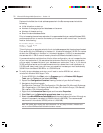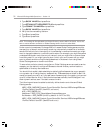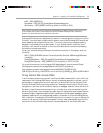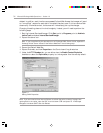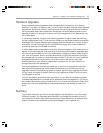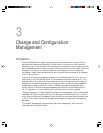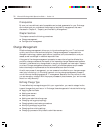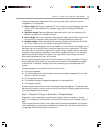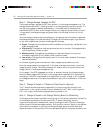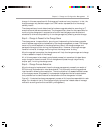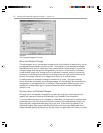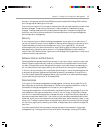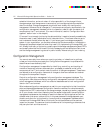
Microsoft Exchange 2000 Operations Guide — Version 1.038
Prerequisites
By now you have defined a set of acceptable service level agreements for your Exchange
environment and you understand the concepts of availability management that were
discussed in Chapter 2, “Capacity and Availability Management.”
Chapter Sections
This chapter covers the following procedures:
◆ Change management
◆ Configuration management
Change Management
Effective change management allows you to introduce change into your IT environment
quickly and with minimal service disruption. Change management is responsible for
changes in technology, systems, applications, hardware, tools, documentation, and pro-
cesses, as well as changes in roles and responsibilities.
A key goal of the change management process is to ensure that all parties affected by a
particular change understand the impact of the impending change. Because most systems
are heavily interrelated, any change made in one part of a system can have major impacts
on others. Change management attempts to identify all affected systems and processes
before the change is implemented so that adverse effects can be minimized.
As with many areas of management, you can measure how effective your change manage-
ment is by how boring it is. Providing a smooth running change management process is
one of the most challenging aspects of IT management because of the very nature of what
you are managing—change. With the proper processes in place however, your environment
should run very smoothly.
Defining Change Type
To most effectively manage change within your organization, you need to categorize the
types of changes that could occur. In Exchange, these changes could include the following:
◆ Applying Service Packs
◆ Adding new servers
◆ Adding new users
◆ Adding new administrative groups
◆ Changing routing group topology
◆ Changing backup and restore procedures
◆ Modifying and applying policies
◆ Changing other existing settings
◆ Changing a process or script used to administer servers



